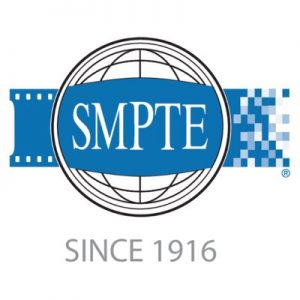SMPTE Publishes Two Documents on Immersive Audio
The bitstream of an audio program and metadata for cinema are defined
Story Highlights
Two new standards-related documents from SMPTE target immersive audio. The Immersive Audio Bitstream Specification document defines a coded representation (bitstream) of an audio program. The Immersive Audio Metadata standard defines metadata for use in creating immersive-audio content for cinema.
 In the former document, information is included to describe typical uses of the format. The bitstream carries audio essence and metadata necessary to reproduce a complete immersive-audio program.
In the former document, information is included to describe typical uses of the format. The bitstream carries audio essence and metadata necessary to reproduce a complete immersive-audio program.
The latter standard, for cinema, defines the metadata items that will be supported as well as, if appropriate, the range of values, value precisions, and cardinal values. The format of the metadata items when carried in a bitstream or file is outside the scope of the specification and is provided in the Immersive Audio Bitstream Specification.
“The bitstream document is really the meat-and-potatoes of this,” observes Brian Vessa, executive director, audio, Sony Pictures Entertainment, and founding chair of SMPTE’s 25CSS standards committee, which drew up the documents. “These were written for cinema initially, but they are being widely repurposed for other applications, including broadcast.”
As the definition of broadcasting itself is becoming more plastic, with the same content streamed over the internet and beamed through the ether, he adds, the need for defined and interoperable metadata and master-file format is dramatically increased. He notes that content companies, including Netflix, have already embraced these new standards, and others, notably Apple, are implementing and integrating them into their content-distribution schemes. It is essentially an updating of the Interoperable Master Format (IMF), the SMPTE file-based framework that allows various versions of media formats to be efficiently represented, managed, played back, processed, and transformed on other file-based systems.
“The takeaway is that, by having a standardized immersive-audio bitstream format, all content is usable under many different circumstances, not just within the proprietary tool set in which it was created,” says Vessa. “For broadcast applications, this allows the creation of a mezzanine-type file that can be read and transcoded into whatever flavor codec you want. That’s the magic in it.”
The documents have been published and are now available in the SMPTE digital library on the IEEE Xplore platform.
